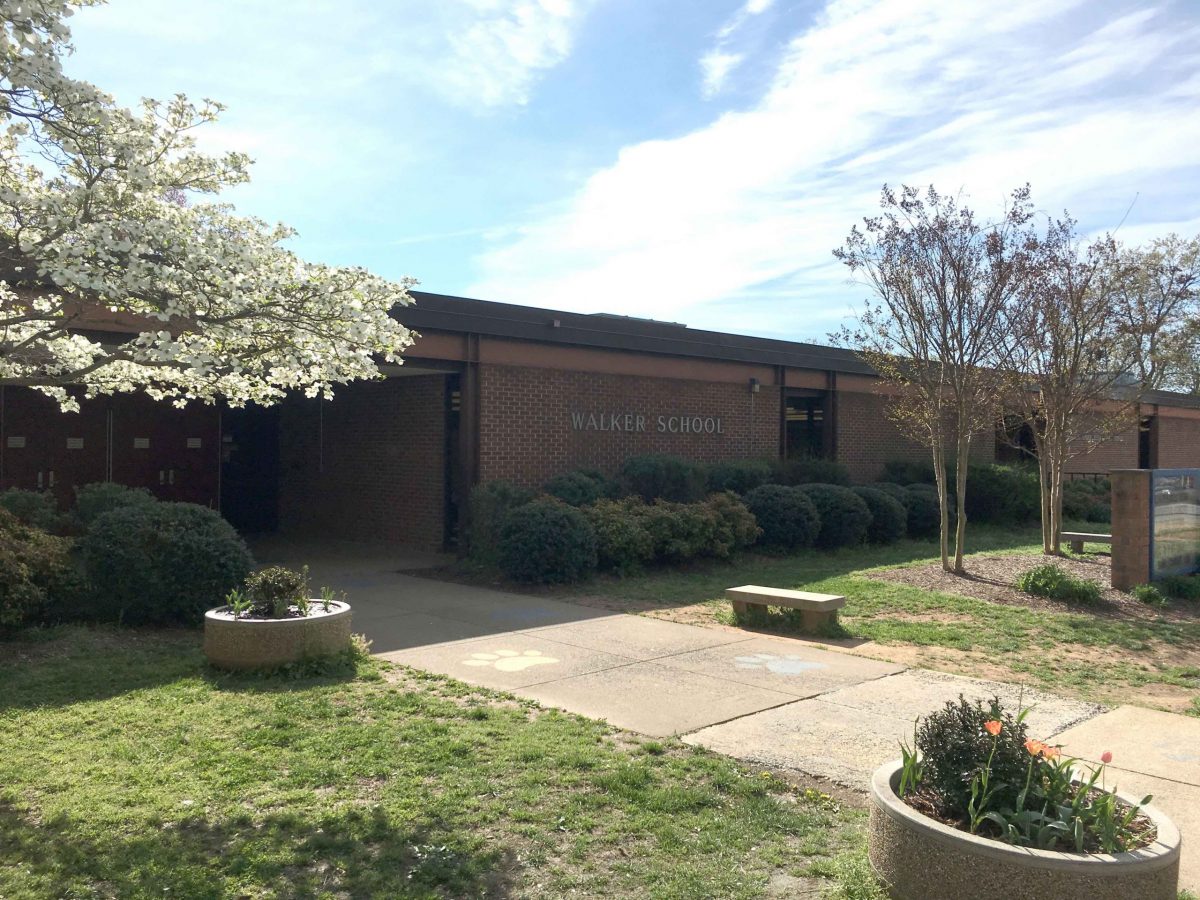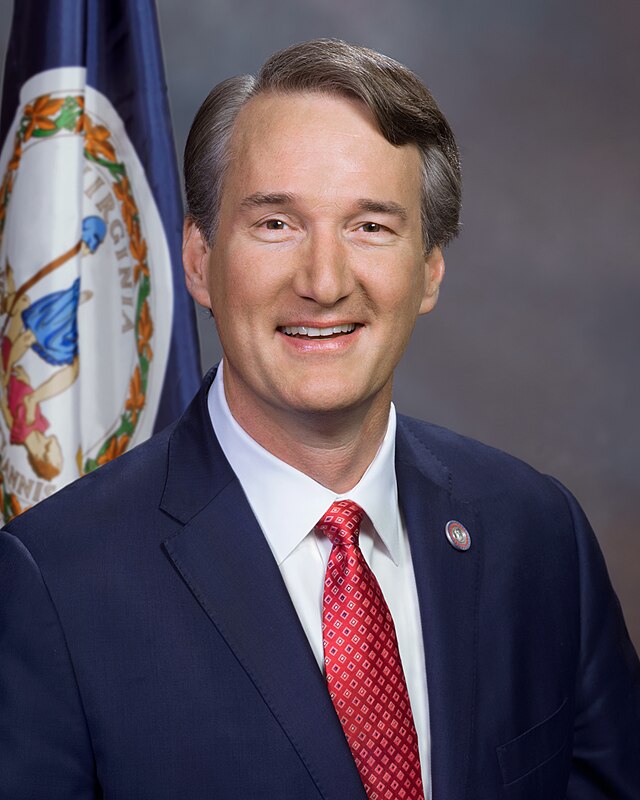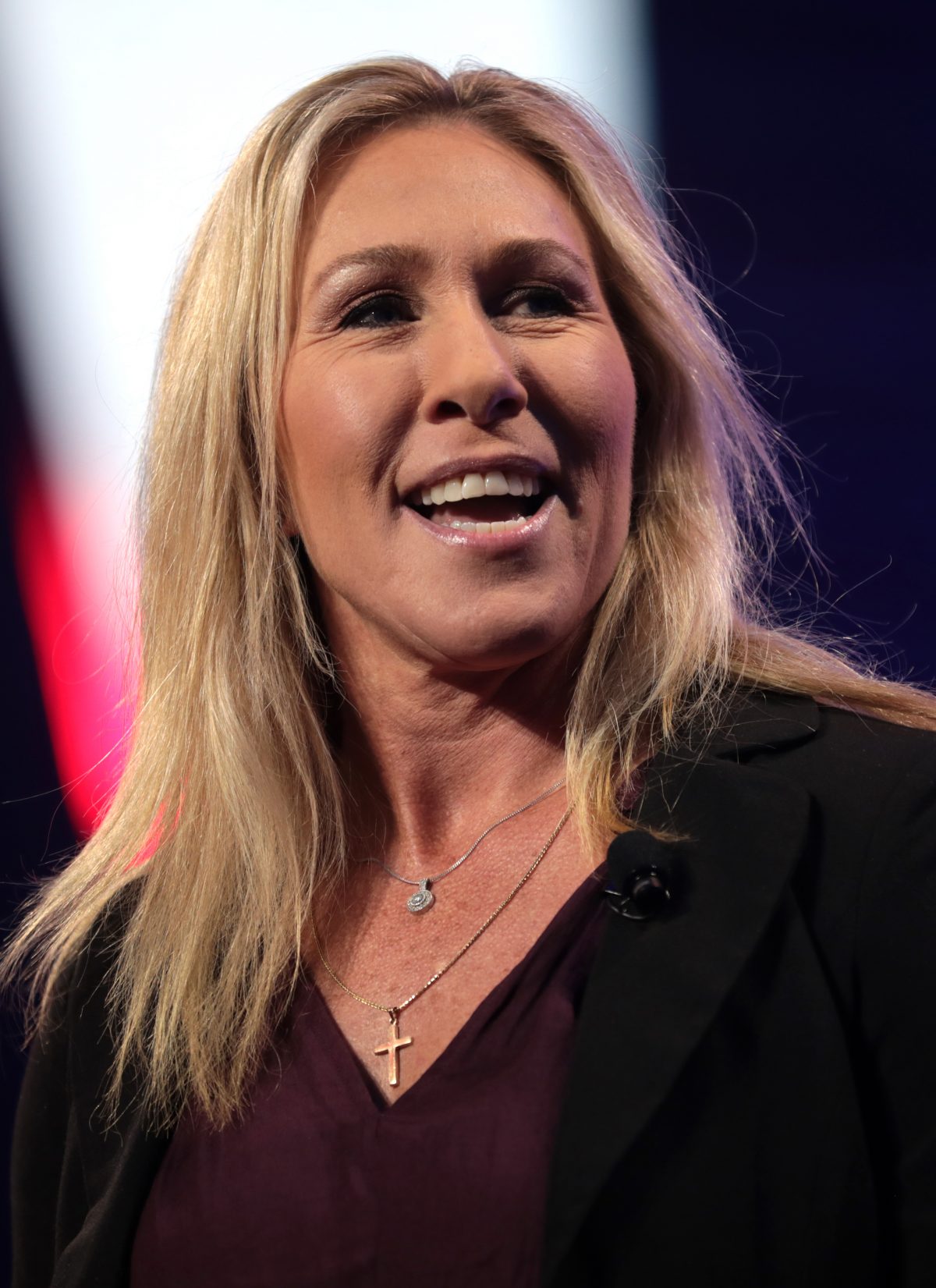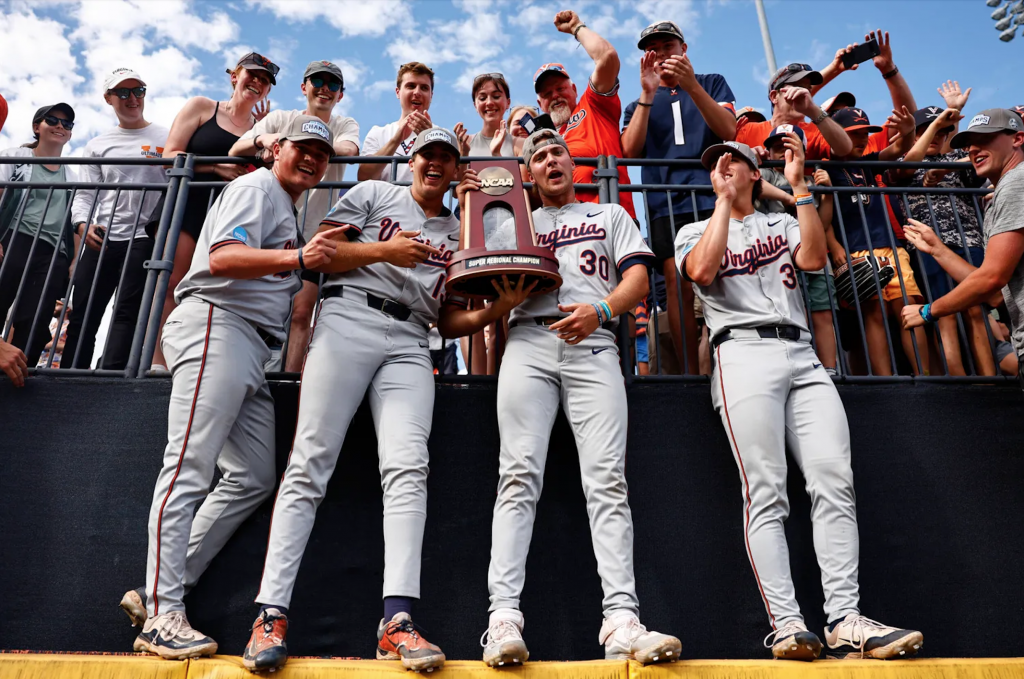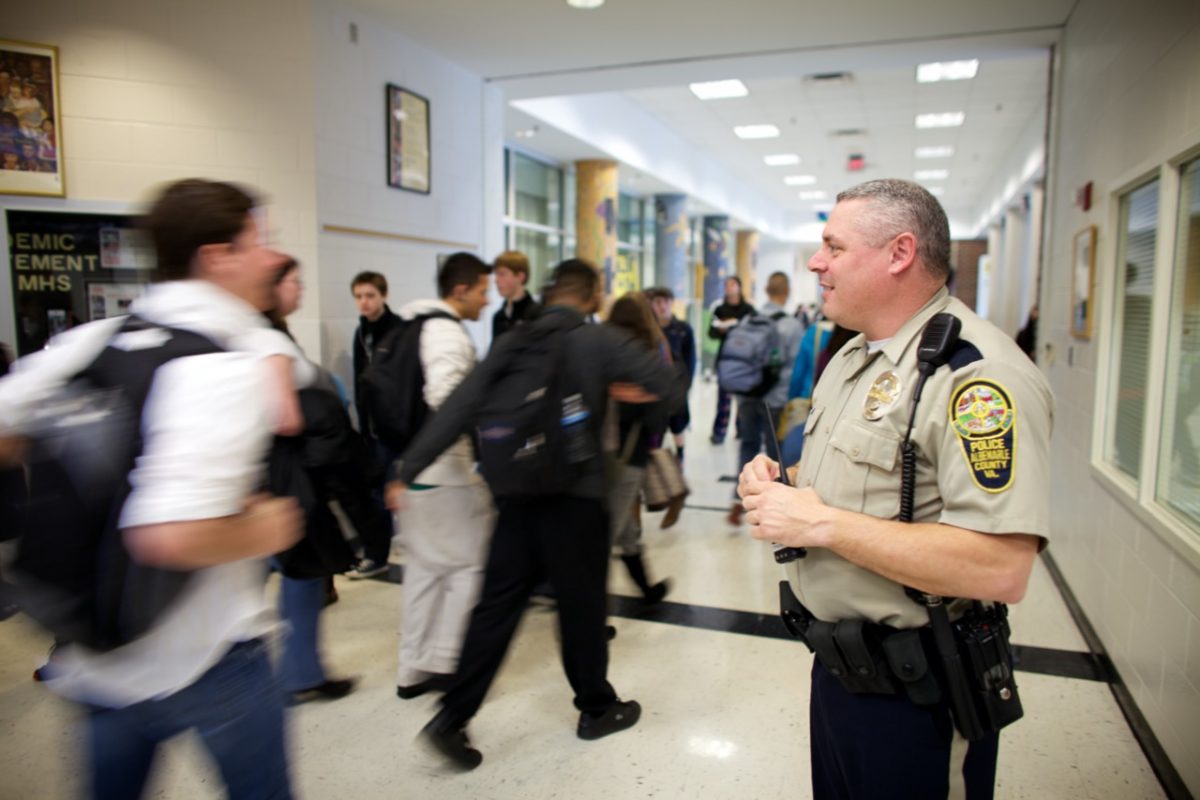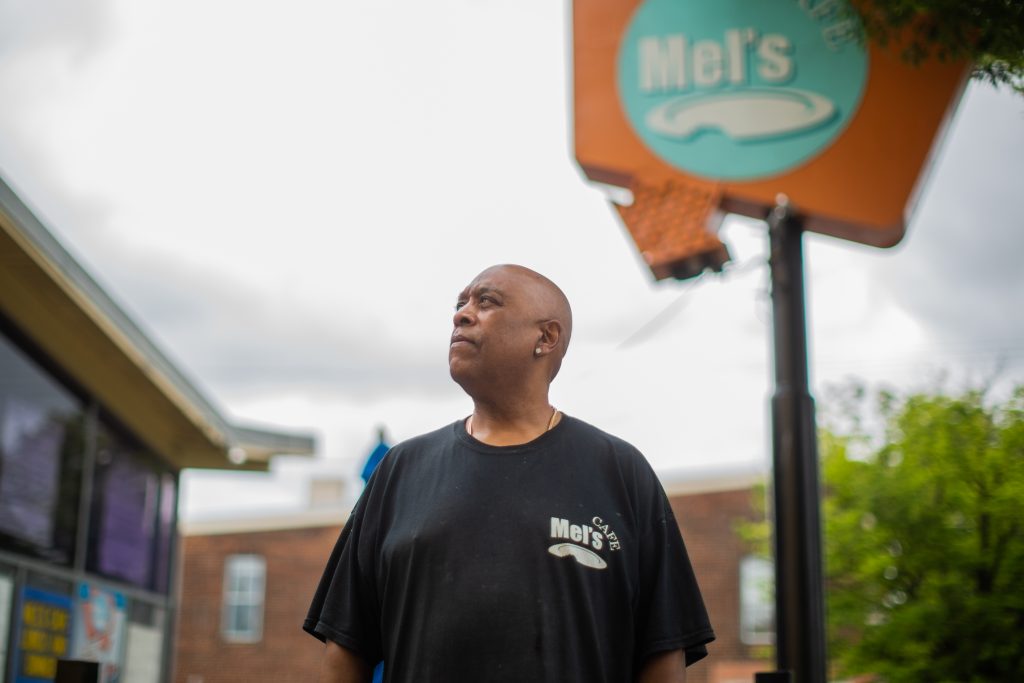Big RIIG
A cybersecurity and risk intelligence firm founded by former Republican congressman Denver Riggleman recently secured $3 million in seed funding. His company, Riggleman Information and Intelligence Group, said in a November 19 press release that the money will go toward the launch of AI solutions and expanding its workforce and client support.
RIIG specializes in open-source intelligence, using AI technology to offer security and risk management for organizations across government and business sectors. In an evolving cybersecurity landscape, the firm boasts access to 17 intel agencies and collaborations with commercial and academic partners.
Funding was led by the Felton Group, a family office of Charlottesville-based hedge fund manager Jaffray Woodriff.
“RIIG applauds the support of Felton Group and their appreciation of the vision laid out for advanced AI, cyber threat identification and analysis products set for delivery in 2025,” Riggleman said in the release.
For Riggleman, the firm represents a return to his business and technology roots. He co-founded a contracting company in 2007 that supported the intelligence community and Department of Defense programs.
The Felton Group invested earlier this year in two other companies with local ties—Caju AI, a platform offering customer engagement solutions, and DoorList, an event-management application. Woodriff, a University of Virginia alum, donated $120 million to establish the university’s School of Data Science in 2019.
Welcome Home (Depot)

An increasing number of shopping centers have struggled over the last
two decades, creating a “dead mall” phenomenon across the U.S. Charlottesville’s Fashion Square is no exception, and is trying to buck the trend—starting with a Home Depot set to open in summer 2025.
The home-improvement retailer announced plans for a July 2025 opening following the purchase of the shuttered Sears in September 2022. The new store will create more than 100 jobs, according to Albemarle County, and marks the first Home Depot in the area.
Although foot traffic has declined, Fashion Square sits at the busy intersection of U.S. 29 and Rio Road. Home Depot has agreed to support the county in its Rio29 plan to create a mixed-use, walkable hub at the site. In addition to the former Sears location, Home Depot purchased much of the remaining spaces in the mall for a total investment of more than $26 million.
“This public-private partnership jumpstarts the first development with speed, cleans up environmental contamination present at the site, and significantly contributes to transportation connectivity through the Rio29 area,” Albemarle County Board of Supervisors Chair Jim Andrews said during an August meeting.
Self improvement
Diving back into the headlines, UVA swimmer Gretchen Walsh bested her own American record with a time of 47.35 seconds in the women’s short course 100 butterfly at the Tennessee Invitational on November 21. An Olympic medalist, Walsh made waves earlier this year when she set the world record in the long course 100-meter fly during the U.S. Olympic trials semi-finals. She won four gold and two silver medals at the Paris Olympics, where she competed on Team USA alongside her sister Alex, also a UVA student-athlete. UVA second year and fellow Olympic medalist Claire Curzan set another American record on the last day of the meet, with a time of 1:46.87 in the 200-meter backstroke.
Location TBD
The Salvation Army is looking for a new spot for its thrift store ahead of the anticipated conversion about turning the site into a low-barrier shelter, according to a November 20 Charlottesville Tomorrow article. The creation of a low-barrier, year-round shelter has long been a top priority for city and local nonprofit leaders amid a rising unhoused and housing insecure population. Work on the shelter could begin as early as next year.
Zones of interest
In a bonus newsletter released November 21, Charlottesville City Schools shared updates about its ongoing elementary rezoning project, including the extension of the feedback period through the end of 2024. More information about potential phasing of the rezoning will be available once the community advisory committee reaches a final recommendation, according to Superintendent Royal Gurley.

